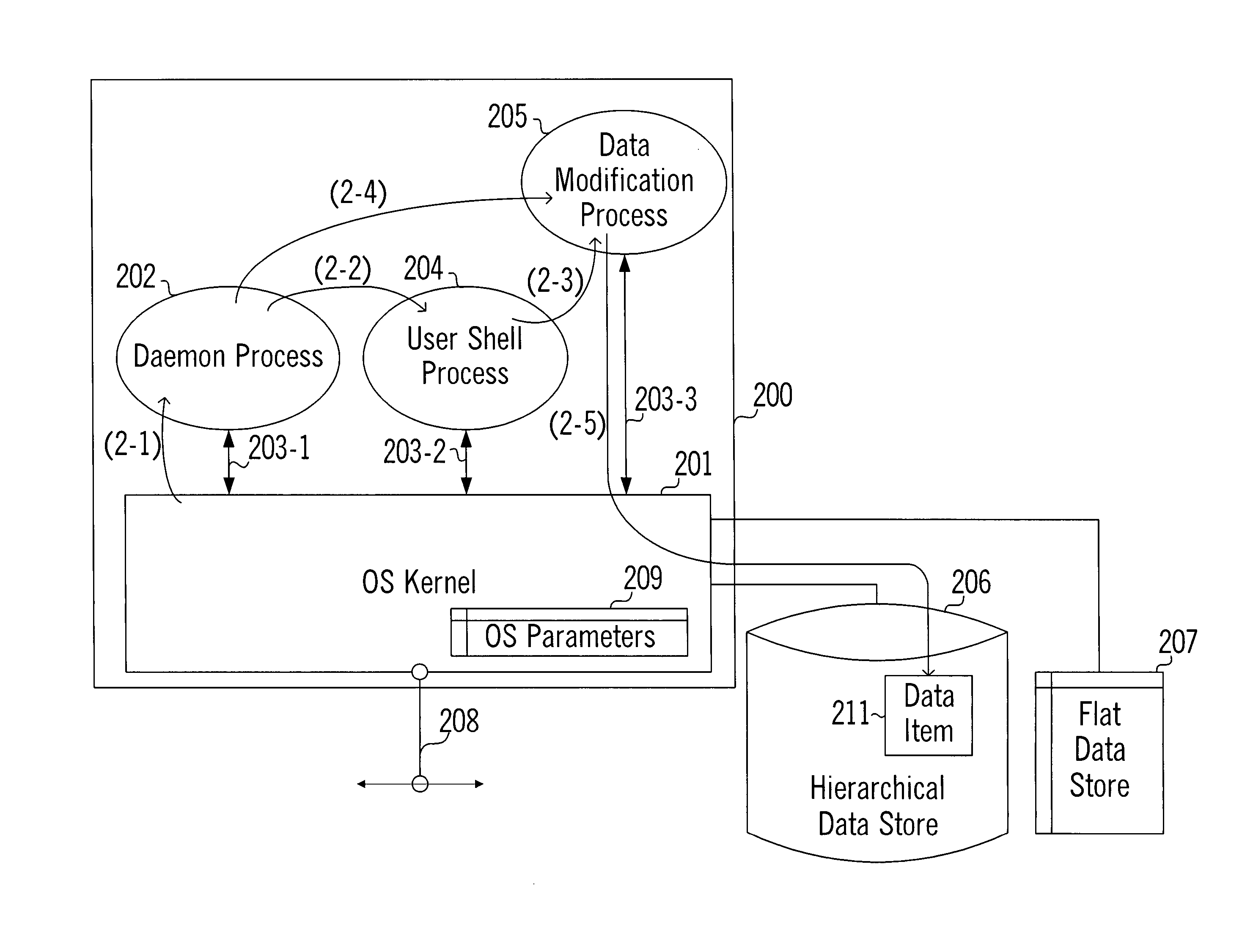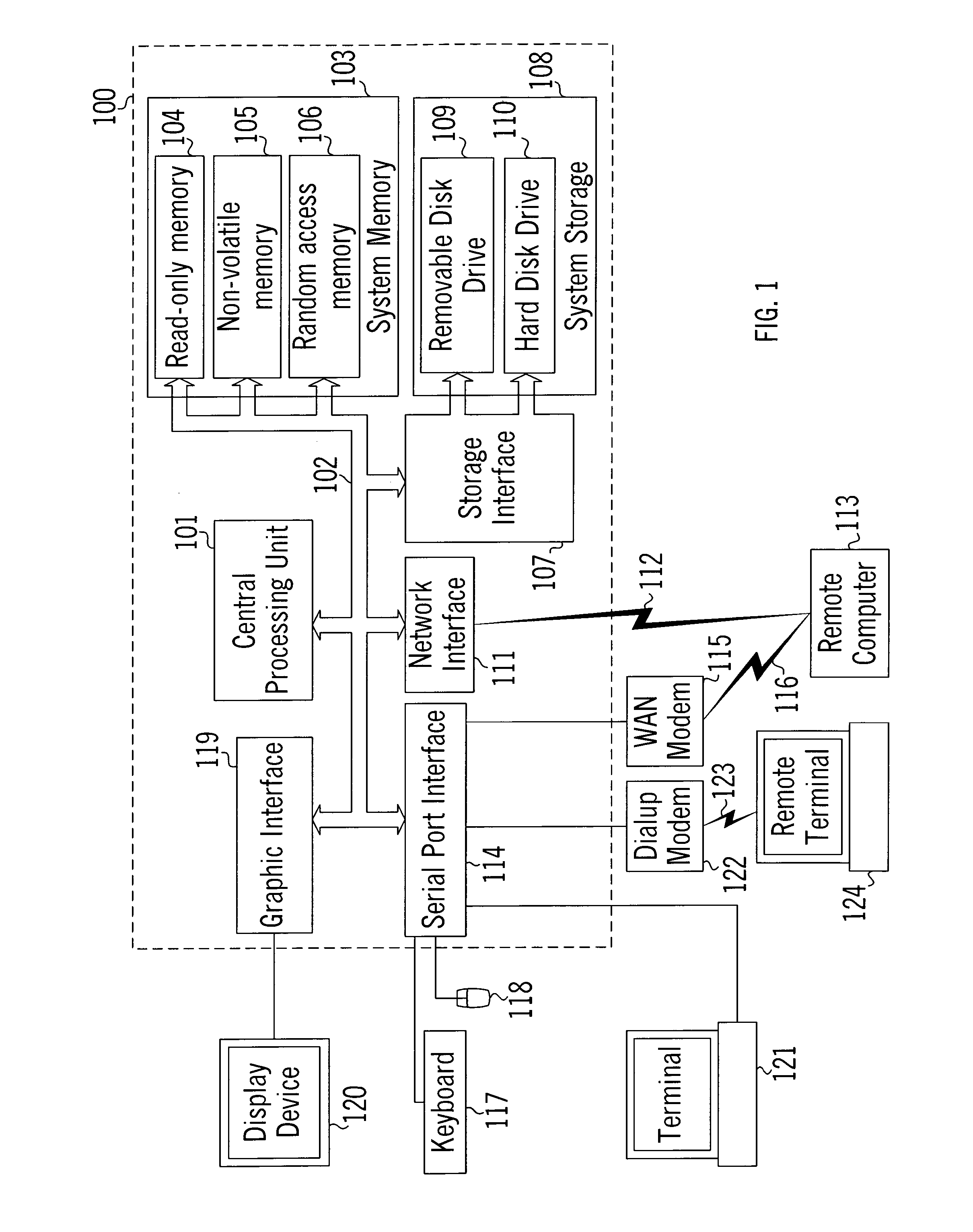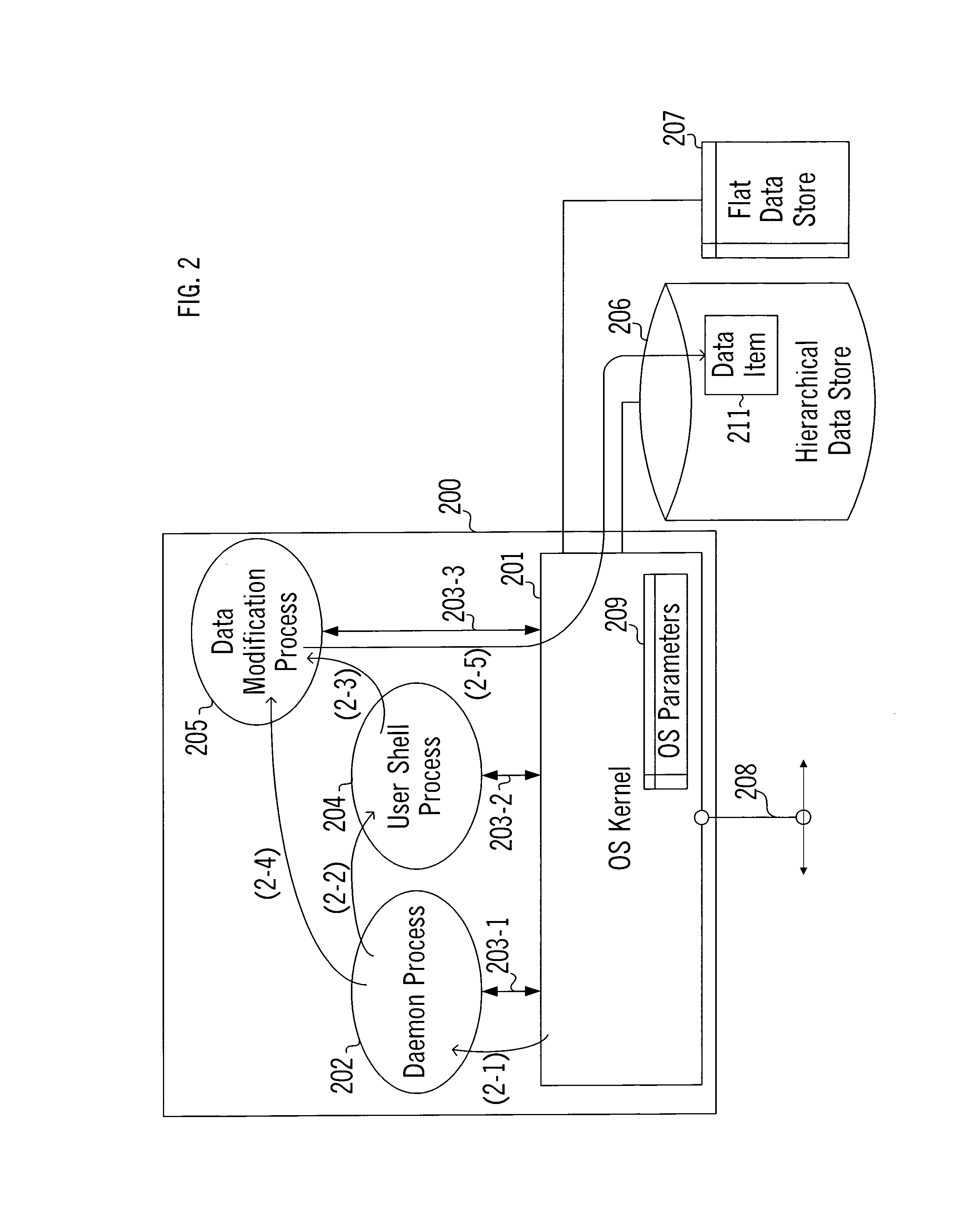Tracking, recording and organizing changes to data in computer systems
a computer system and data technology, applied in the field of digital computer system management, can solve the problems of inability to provide access to the history, inability to detect and record changes, and inability to achieve desired effects, etc., to achieve the effect of facilitating troubleshooting and analysis of computer system operation, facilitating troubleshooting and analysis, and easily and accurately identifying and highlighting
- Summary
- Abstract
- Description
- Claims
- Application Information
AI Technical Summary
Benefits of technology
Problems solved by technology
Method used
Image
Examples
Embodiment Construction
[0036] Preferred Embodiment
[0037] In the following detailed description of the preferred embodiment of the present invention, reference is made to specific embodiments in the accompanying drawings. Structural changes may be made and other embodiments may be utilized without departing from the scope of the present invention.
[0038] Hardware and Operating Environment
[0039]FIG. 1 shows a diagram of an example of the hardware and operating environment in conjunction with which the embodiments of the invention may be practiced. The description of FIG. 1 is intended to provide a brief description of a suitable computing environment in conjunction with which the invention may be implemented. Although not required, the invention is described in the general context of computer-executable instructions, such as program modules being executed by a computer. Generally, such modules include functions, subprograms, data structures, objects, records, algorithms, data formats, indices, tables, etc...
PUM
 Login to View More
Login to View More Abstract
Description
Claims
Application Information
 Login to View More
Login to View More - R&D
- Intellectual Property
- Life Sciences
- Materials
- Tech Scout
- Unparalleled Data Quality
- Higher Quality Content
- 60% Fewer Hallucinations
Browse by: Latest US Patents, China's latest patents, Technical Efficacy Thesaurus, Application Domain, Technology Topic, Popular Technical Reports.
© 2025 PatSnap. All rights reserved.Legal|Privacy policy|Modern Slavery Act Transparency Statement|Sitemap|About US| Contact US: help@patsnap.com



